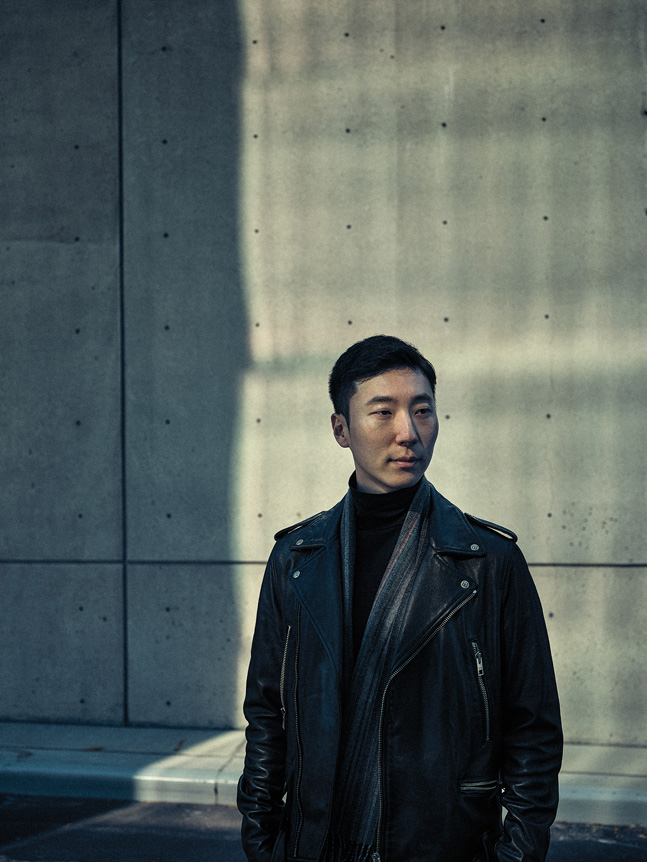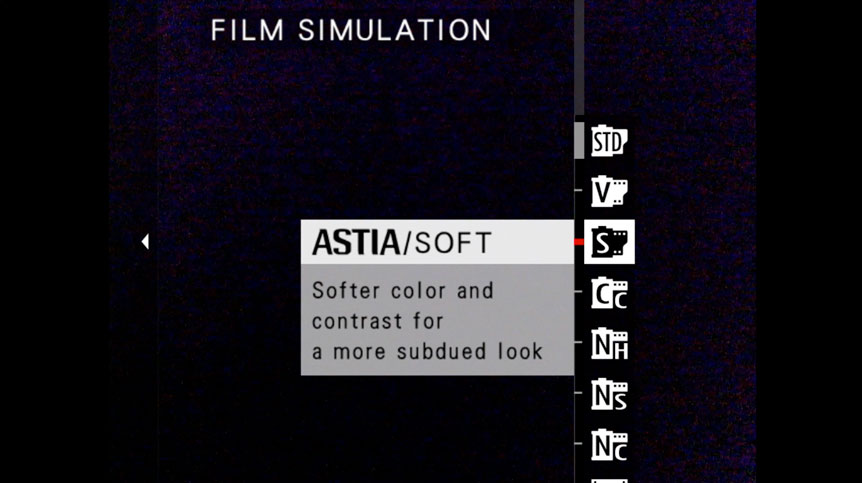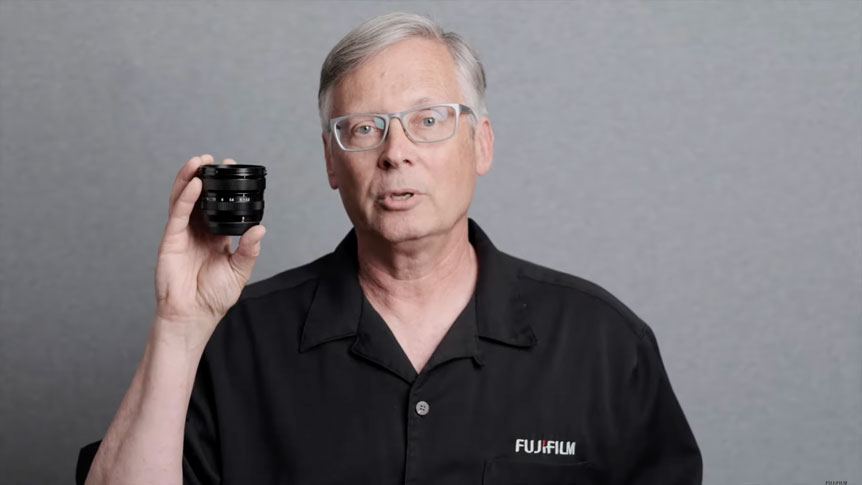
 6 minute read
6 minute read
Create Portraits With Purity
Delve into the detail and see how the GFX system provides portraits with unparalleled color and tonality
Whether you’re making portraits in the studio or on location, one of the most important routes to success is that your subjects look lifelike. Realistic detail, color and tone build an instant and subconscious connection with the viewer, and this helps you communicate the stories you want to tell. On the other hand, fake-looking or unrealistic tones, whether they’re from poor capture or overprocessing, create an instant barrier with the viewer and break the connection.
Detail is a big contributor to lifelike images, and of course GFX cameras have all the resolution they need to create incredibly sharp and detailed images. But with portraits, achieving accurate color and tonality is just as important in creating a lifelike portrait. From smooth, radiant, and healthy-looking skin tones to the subtle colors of a human eye or the hues of hair, color and tone, these shades need to be perfectly rendered.
To make this happen, the sensor needs to capture the highest quality data and process it in a way that all the quality can be retained. This means it needs to have a wide dynamic range and be able to produce data-rich files. Fortunately for portrait photographers, the G Format sensors in the GFX system cameras combine both of these assets, as well as the color science and image processing that Fujifilm is renowned for.
Dynamic range is something that’s usually thought of in terms of landscape and nature photography, but it’s just as important when it comes to making portraits, and especially so if you’re using a high-contrast lighting ratio or photography in mixed lighting outdoors. With the sensor being able to record a greater number of tones in a single exposure, there’s more information gathered and less chance of any detail being lost in the highlights or shadow areas of a picture. The greater the dynamic range of a sensor, the closer its output will look to that of the human eye, and so the more natural it’ll be.
Fujifilm’s product planning manager for the GFX system, Makoto Oishi, says dynamic range was always a driving factor in making GFX the number one option for portrait photographers. “Both the G Format’s 50-megapixel and 100-megapixel sensors have a 14-stop dynamic range,” he explains. “This gives us the opportunity to record beautifully smooth skin tones in portraits. Thanks to Fujifilm’s original image processor that draws from our company’s extensive knowledge and technological experience, we can turn that original data into high-quality 14-bit and 16-bit files and realize beautiful portraits.”
As Makoto says, the greater the bit depth of a photo, the smoother and more tonally accurate that image can appear. 14-bit and 16-bit files contain literally trillions of possible colors and shades, so unlike regular 8-bit files, which can display only 4096 shades, transitions from one shade or color to another are far less abrupt. In the real world, this means that the smooth tones of a subject’s face can end up looking blocky, but in 16-bit mode, gradations are invisible to the human eye. These differences become more and more apparent the larger you display the image, and greater bit depth is particularly useful in highlight areas like the hair or rim-lighting on a portrait subject, which can show banding more readily at lower quality.

Photo © Aaron Anderson
But the physical size of the sensor also affects these transitions. Given a like-for-like resolution, there’s more physical space on the G Format sensor and so each photosite that relates to a pixel in the image can record more light. And with the image projected on to a larger recording area, there’s more space for tonal changes to be recorded.
More data recorded from a purer signal also means the portrait photographer and the camera can do more with the image after capture. Greater bit depth means images can be more easily adjusted in editing if required – for instance lightening shadows or dimming highlights without losing the smoothness of tones. You can see this effect in an image’s histogram before and after editing. Change the contrast and you’ll see the histogram of the edited image seems to have been pulled apart and has gaps. With more bits to play with, you essentially have fewer gaps.
The raw grunt of a sensor can only take images so far of course – it’s how that gathered data is used that’s just as important. So greater dynamic range and bit depth make it easier to apply contrast and color effects to raw image data and still produce high-quality images. FUJIFILM Film Simulation modes are a great example of this, wherein a mode like ASTIA produces less contrast in skin tones than the standard PROVIA option. Similarly, PRO Neg. Std will flatten the tone curve for smoother-looking gradations.

Skin Smoothing settings
Another great example of this is the GFX cameras’ Smooth Skin Effect mode, which has been in GFX100 since launch and was added to GFX 50S and GFX 50R via a firmware update. Though it’s not applied to RAW images, if you activate this option, JPEGs out of the camera will have micro contrast adjusted for much softer-looking skin and a more flattering look if it’s required. Smooth Skin Effect can be set between Strong/Weak and Off, depending on your preference.
It all adds up to portraits with fidelity and accuracy that GFX photographers have come to love. “GFX is so beautiful for skin tones,” says X-Photographer, Kara Mercer. “It picks highlights really well, too, which can create this magical glow. I used to shoot with DSLRs and they never gave me skin tones like those the GFX gives me now.” With the flexibility of the 16-bit and 14-bit files, “I am also able to create my own presets more effectively, too, so I can really enhance the skin tones in a picture, no matter what the shade of the subject’s skin is.”
She adds: “I think that says a lot about the type of cameras these are, and the colors and tones they’re able to achieve.”
Explore the whole GFX system here or contact your nearest FUJIFILM Authorized Dealer for more information.
































































